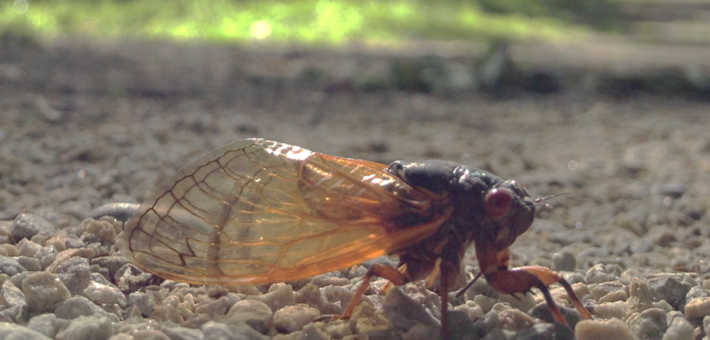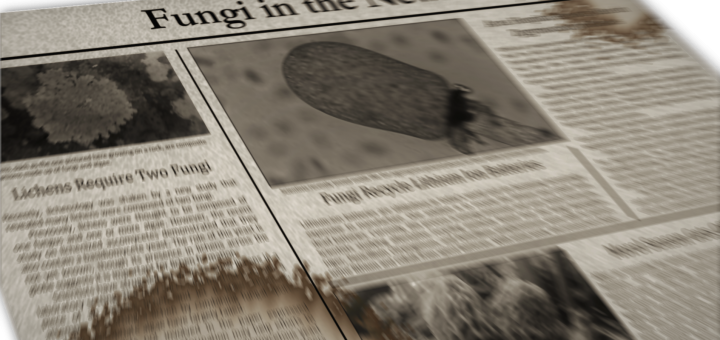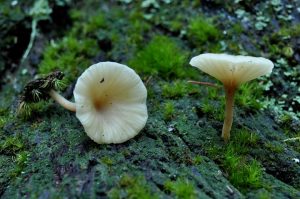#221: Massospora cicadina
It’s hard being an insect. Despite being numerous, insects have many predators, have to deal with human pesticides and cars, and are susceptible to dreadful fungal pathogens. Some of these entomopathogenic fungi take control of their hosts’ bodies in innovative but disturbing ways. One such fungus is Massospora cicadina, which infects periodical cicadas (Magicicada spp., which appear in eastern North America every 13 or 17 years). After spending over a decade in the soil waiting for its hosts to emerge, the fungus infects the cicadas and causes their abdomens to pop off. The cicadas then fly around and try to mate with each other, spreading the fungal infection both through the air and through contact. It’s hard to imagine a more horrific sexually transmitted infection, even in the insect world.









![#011: Characteristics of Kingdom Fungi [Archived]](https://www.fungusfactfriday.com/wp-content/themes/hueman/assets/front/img/thumb-small-empty.png)

